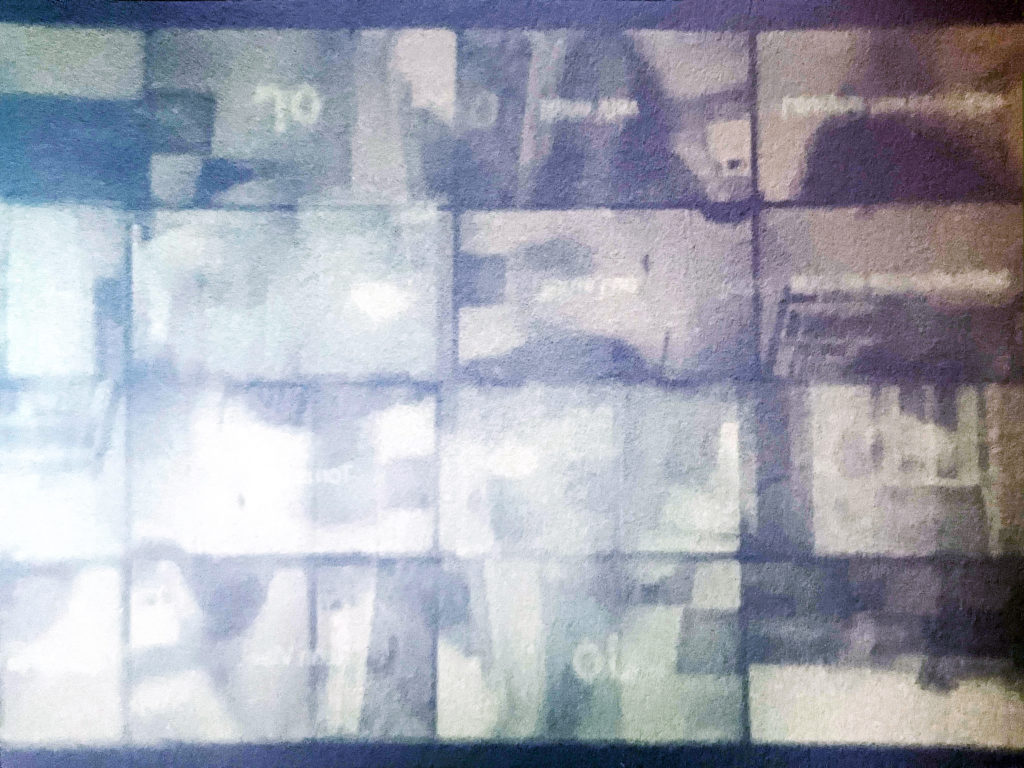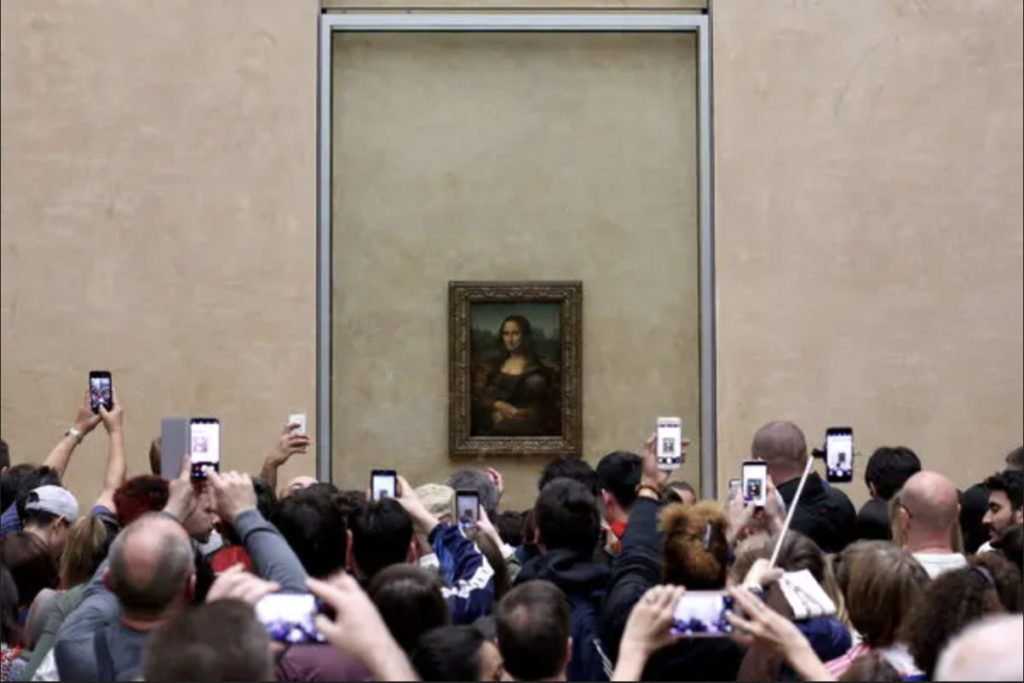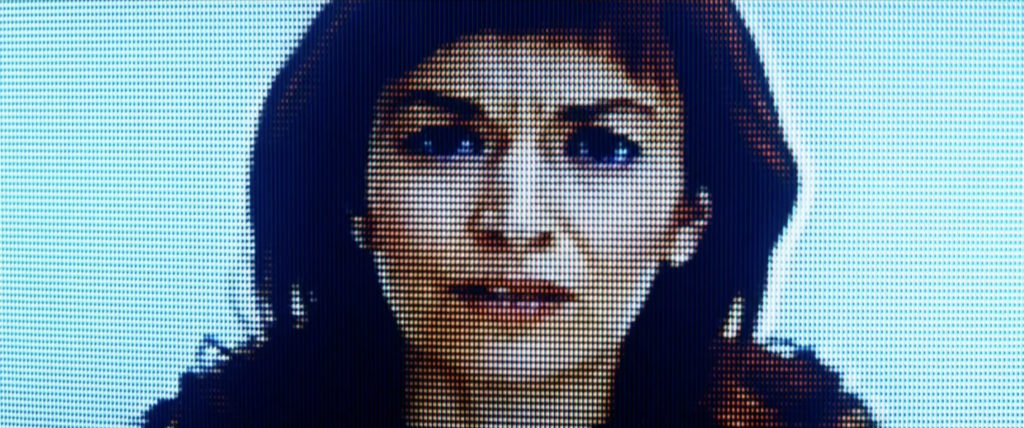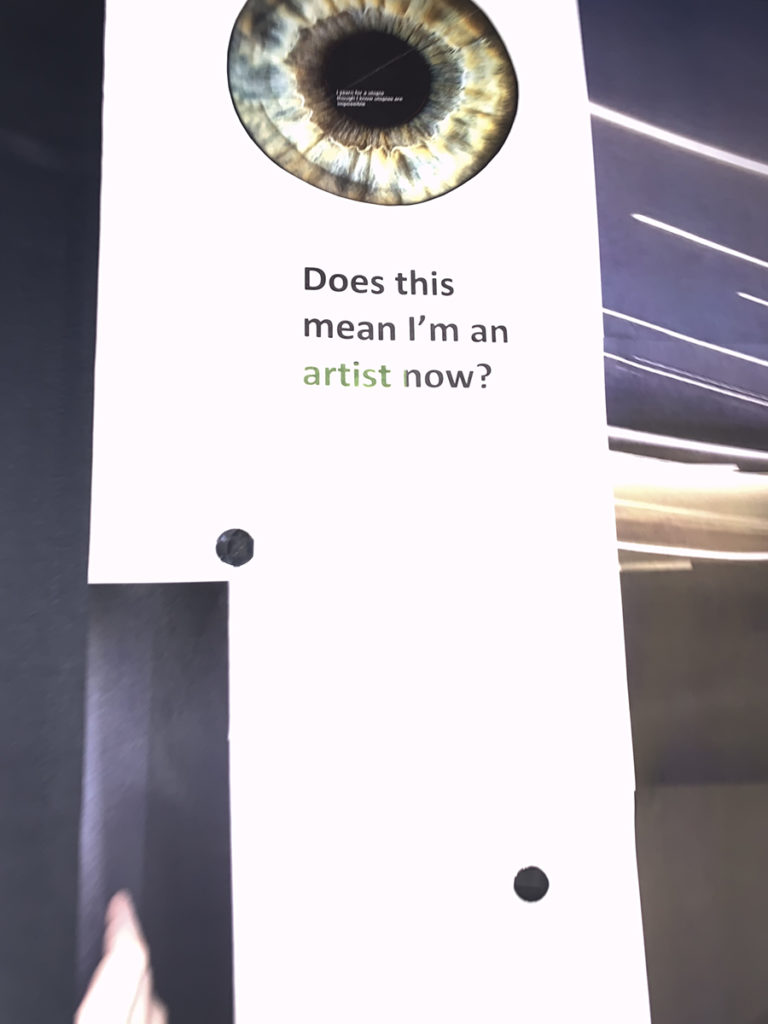Performing Being Us
Last night I had a very interesting Zoom discussion with several people who attended and presented papers at the Metamodernism conference in Seattle. After an initial ‘de-brief’ about the conference – what worked, what didn’t (it was a ‘hybrid’ conference, both in-person and online, and we talked about how things could be done differently in the future. (For my part, as an in-person attendee, it worked really well!)
We talked a bit about Severance – which is what I did my talk on and what I’ve written my research paper on – and touched on the use of screens in the show. I thought about one of my favourite bits in my talk, that I touched on in my paper.
The premise of Severance is that some employees of Lumon Corporation volunteer to undergo a procedure that surgically implants a chip in their brains that ‘spatially segregate’ their memories. The chip is activated and deactivated when they arrive at and leave Lumon. Memories from their experiences when they are at work can only be accessed when they are on the ‘severed floor’ of Lumon and can’t be accessed from elsewhere. Equally, experiences they’ve had outside work cannot be accessed when they are at work. This produces two versions of them. The one who is in work at Lumon Corporation is the Innie. The one who is outside of work is the Outie.
The series starts with the first moment Helly R arrives on the severed floor. She immediately doesn’t like it, she wants to leave, but she needs the permission of her Outie in order to quit her job. She threatens to self-harm and receives a message from her Outie…
Eric Fromm [1]Fromm, E. (2013) On Being Human. New York: Open Road Integrated Media, Inc.
said: When we see in person someone we only know from television, we say “He looks just like he does on television!” Reality is the TV picture; and the correctness of our perception of how that person really looks is measured against that reality… Our reality lies on the screen. Helly’s Innie is a shadow of this reality, she isn’t “real”.
Our whole lives we have seen only ‘famous people’ on ‘the screen’. Even when reality tv started and ‘normal people’ were put on tv, they immediately became ‘famous people’. ‘Famous people’ are not seen as ‘real people’. We expect them to be flawless, we don’t believe they have ‘real emotions’, we feel like their real lives are simply just another storyline…
And yet now we are all on screen.

We are watching ourselves be “ourselves”. We perform ‘Being Us’. We take photos of our perfectly presented meals, our perfectly put together outfits, our perfectly made-up faces, our perfectly performed family moments,our perfectly constructed views of whatever it is we are looking at through our cameras. We wait in a cordoned off queue in the Louvre in order to get our few seconds in front of the Mona Lisa where we hold our camera above the heads of the people in front of us in order to snap a shot of the small painting 6 metres away. If we’re lucky, we might be able to get a photo of the painting that includes our friend or family member.
I did exactly this last week. I’d taken my son to the Louvre for the first time and made sure to get a photo of him w the Mona Lisa. I first went to the Louvre when I was a bit older than he is now and many times since then. I don’t have a photo of myself there at all. I was compelled, however, to join in this weird ritual that has evolved around this painting… because were we really there if we don’t have a photo?

A couple years ago, when I was at Chelsea College of Art, I did a group exhibition which was in an enclosed, pitch black room. Visitors were instructed to turn on the flash on their phone camera before they entered. The only way they could see our installation was if they took a photo. They could only see it through their screen. The photos that were taken inside were terrible – you couldn’t see anything, so you couldn’t construct a nice shot.
We wanted people to think about how they interact with the world and what it is they are doing when they photograph art in galleries. And we wanted to make people think about where The Art actually resides. Was it in what we put on the walls? Was it inside the blacked out room? Was it in the experience of the people visiting? Was it in the photographs they took with their phones?
We can use that to think about how we interact with the world generally and what we choose to photograph and share with the world. Where is our reality? Is it really in the constructed scenes we set up to photograph and share with our family and friends on social media?
References
| ↑1 | Fromm, E. (2013) On Being Human. New York: Open Road Integrated Media, Inc. |
|---|

